Order Asparagales. Family Iridaceae
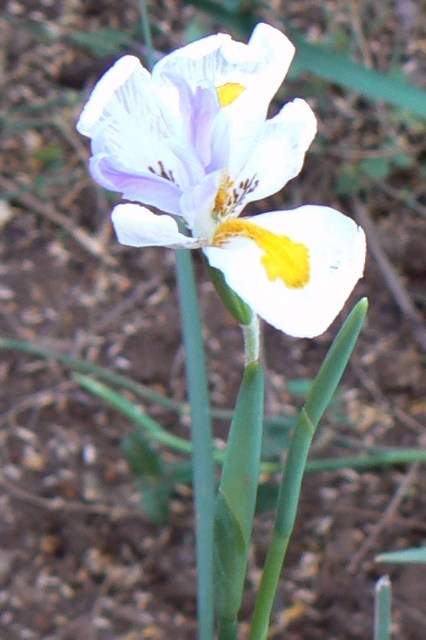
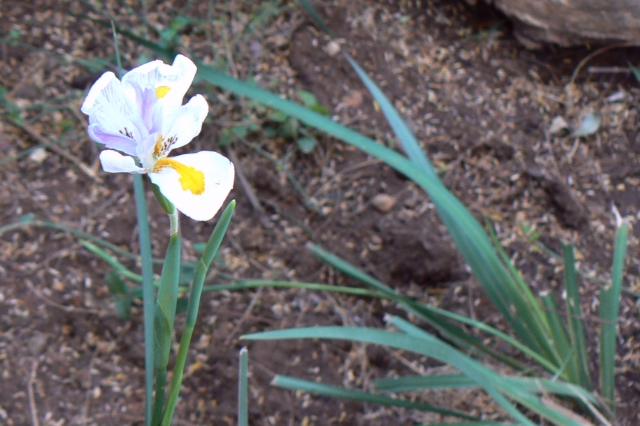
Pilanesberg
Description
A perennial, evergreen plant which grows up to 1.5 m, forming large clumps. The plant grows from underground rhizomes.
The long, rigid, sword-shaped leaves, held in a fan shape, are dark green and may reach up to 1 m long and 15-20 mm wide.
The attractive flowers, held on erect slender stems about 1 m in length, are large (about 100 mm across) and are white with yellow nectar guides on the outer tepals and violet central segments. The flowers are borne in masses at certain periods — often after rain in summer. The individual flowers do not last more than a couple of days (so are of no use in a vase) however, the plant bears so many flowers during the peak period that the plant looks most striking.
The large wild iris fruit is a large capsule up to 45 mm which is held erect and splits open to release shiny, dark brown seeds.
This plant is occasionally called the "Fairy Iris" because the fragile white petals not only look like fairy wings, but also have a tendency to disappear mysteriously overnight!
Distribution
It grows naturally along the southern and eastern coastal areas of the Eastern Cape and southern Kwazulu-Natal where it may be found in full sun or partial shade at forest margins, or in the shelter of taller shrubs on exposed slopes facing the sea.
Links: PlantZAfrica



 © Michele Nel
© Michele Nel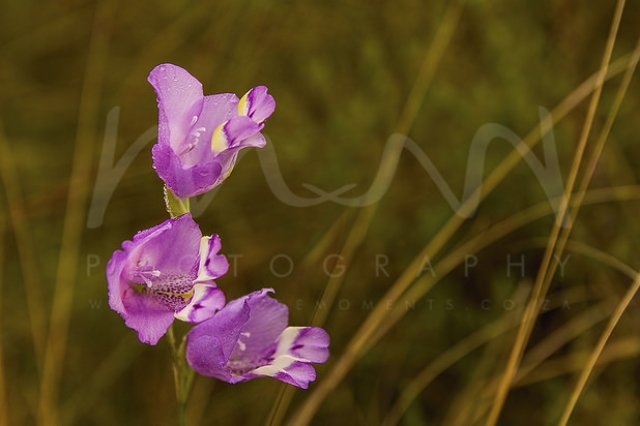 © Michael de Nysschen
© Michael de Nysschen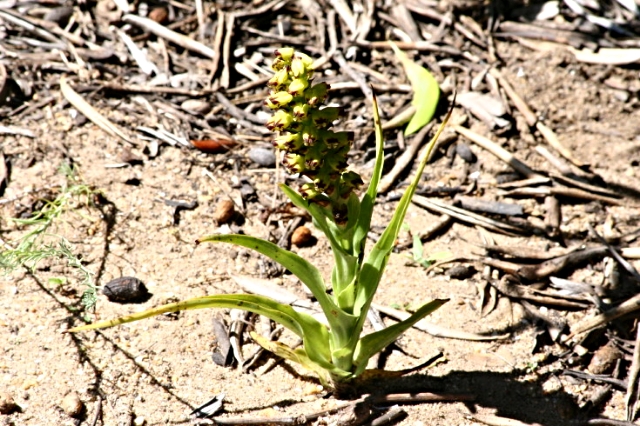 © okie
© okie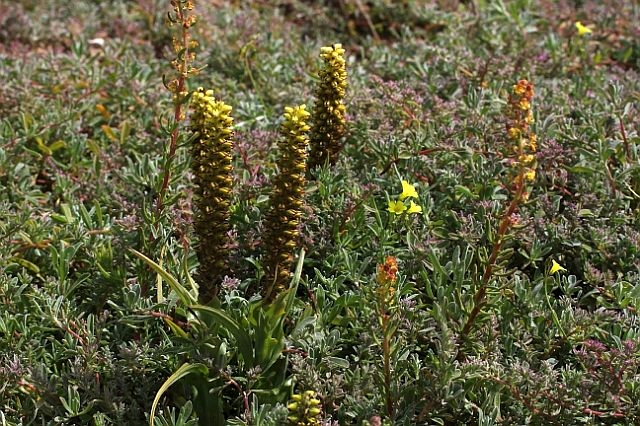 © Tina
© Tina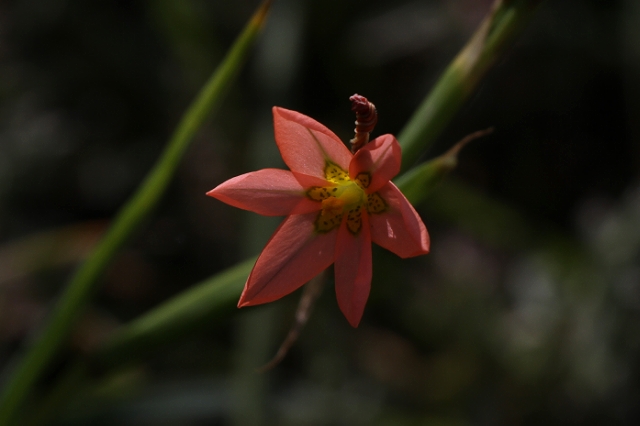 © Tina
© Tina © Tina
© Tina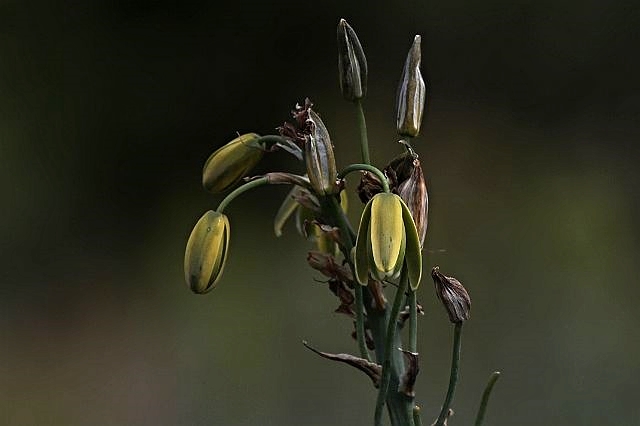 © Tina
© Tina © nan
© nan © Toko
© Toko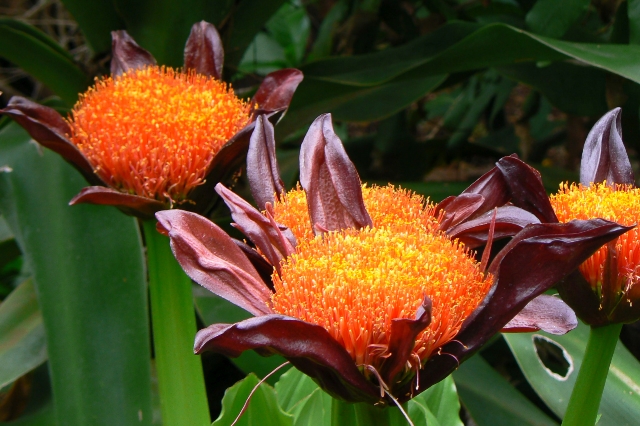 © Toko
© Toko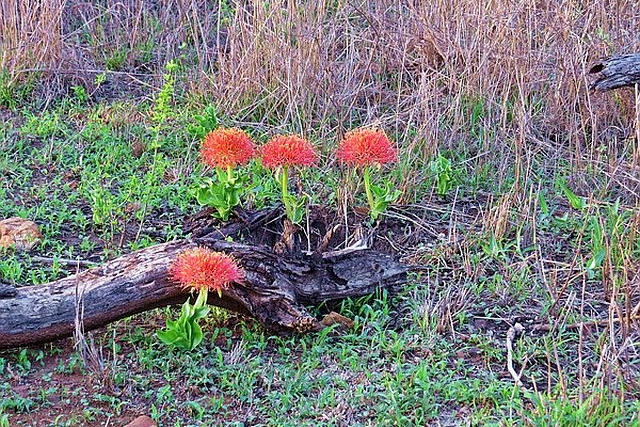 © Bushcraft
© Bushcraft © nan
© nan